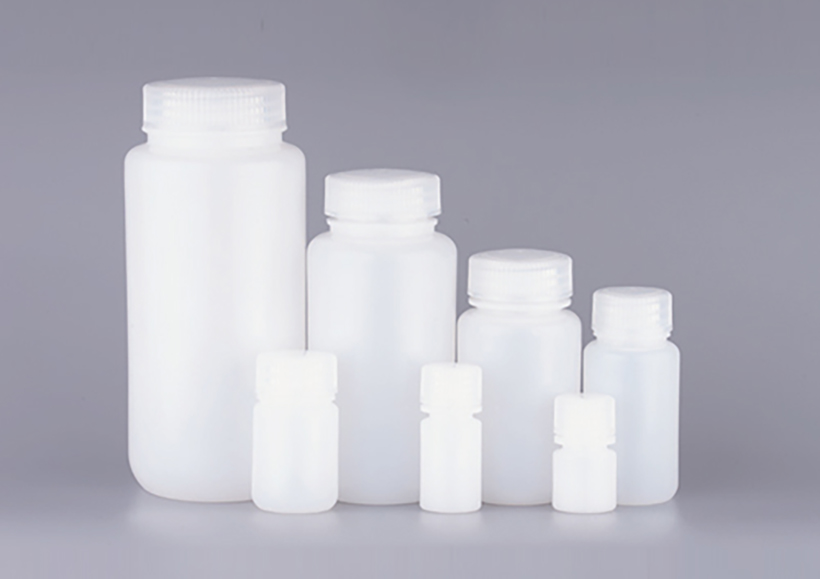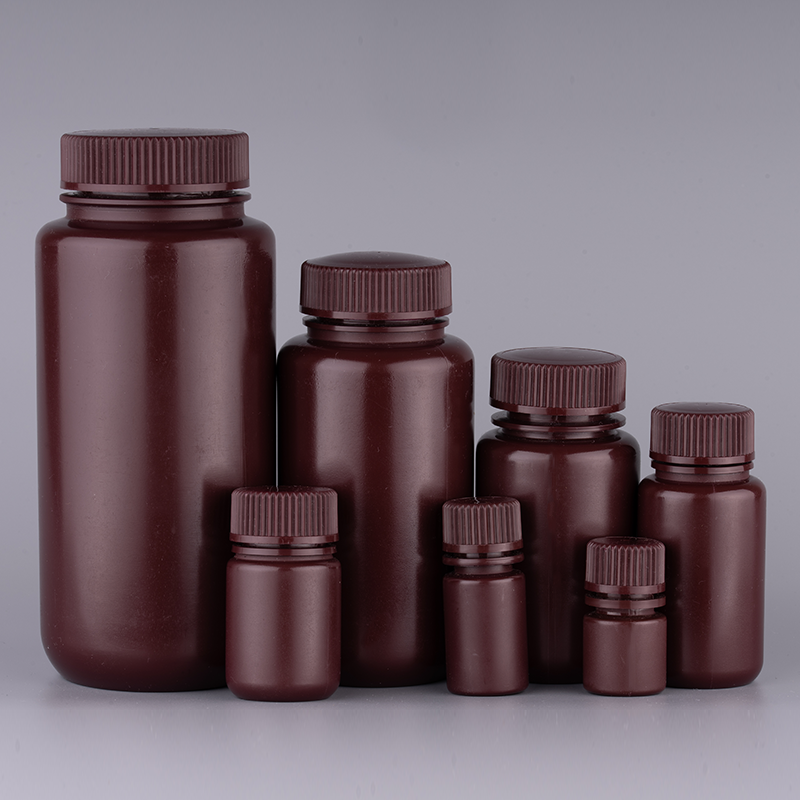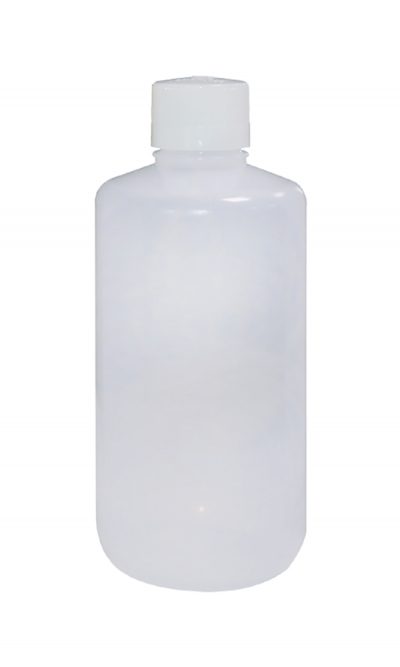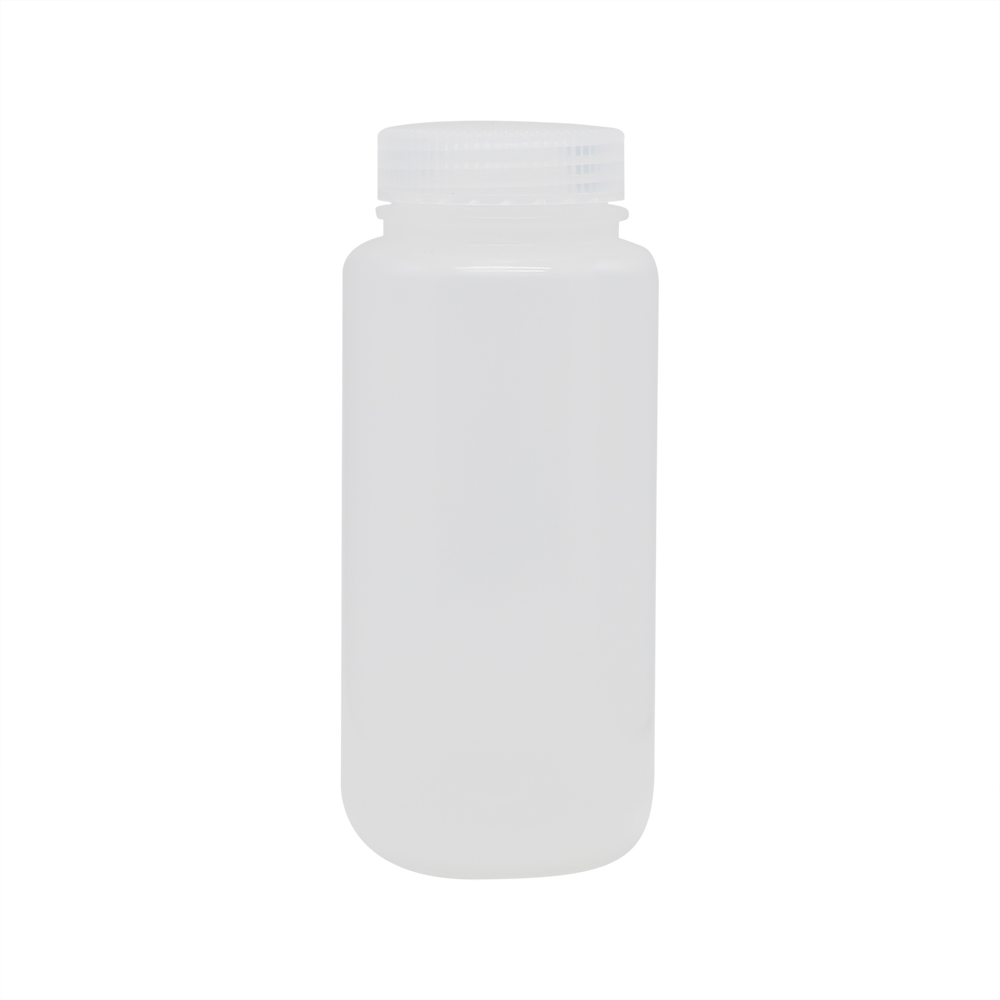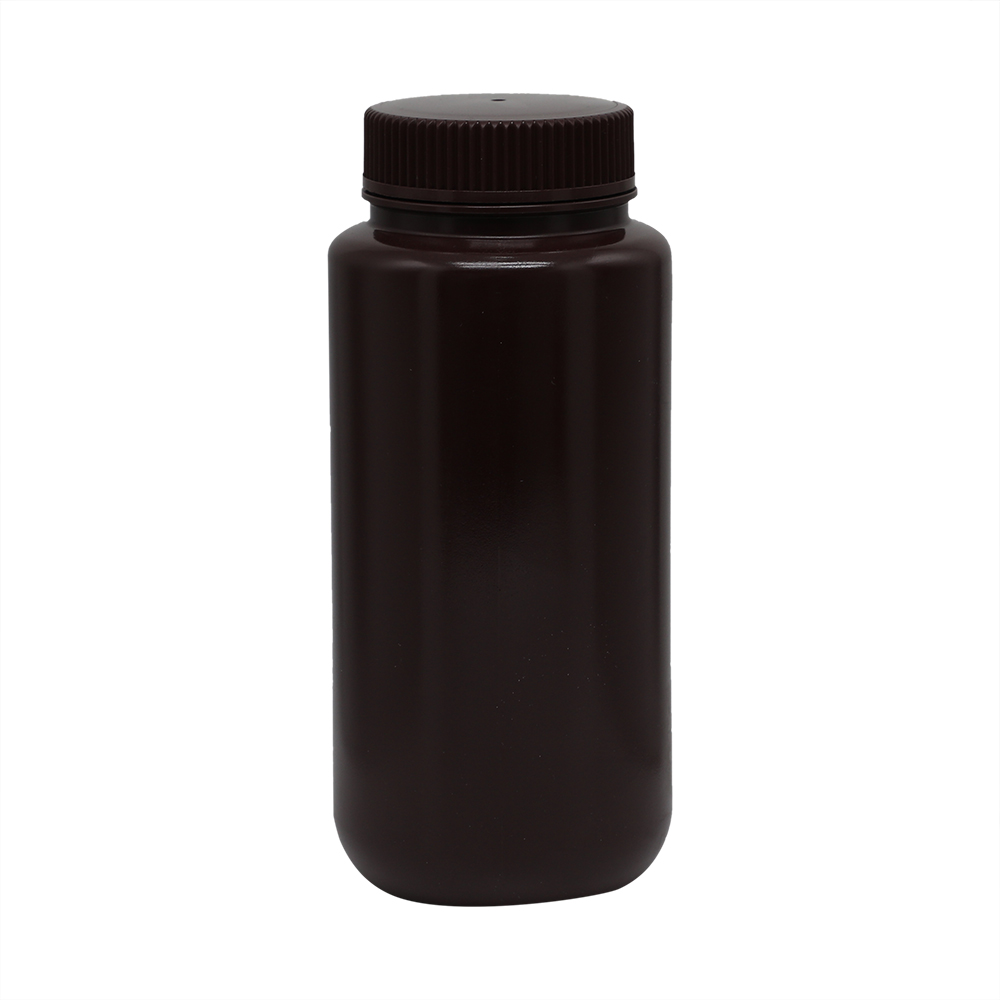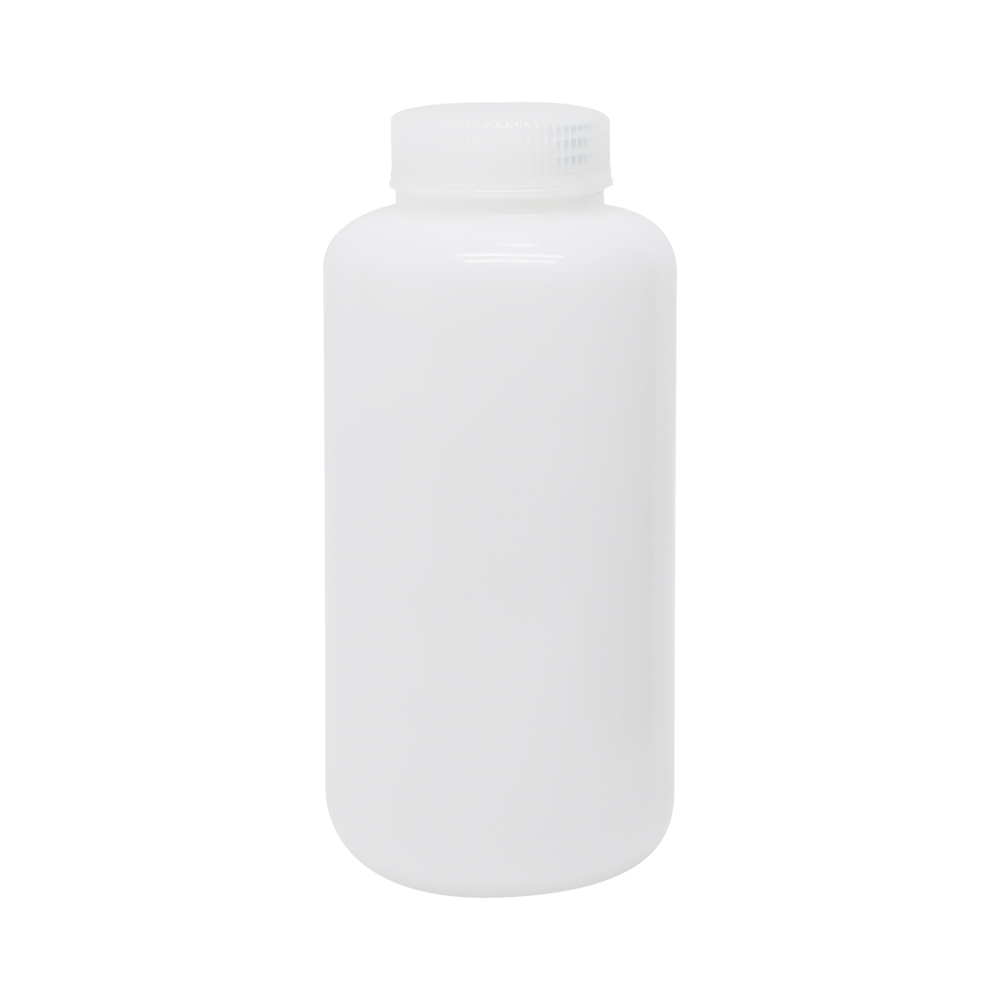1. The Importance of Reagent Bottles
Reagent bottles play a crucial role in maintaining the integrity and safety of chemicals and reagents. They are designed to prevent contamination, evaporation, and degradation of the substances they hold. These bottles are typically made of glass or plastic, with glass being the preferred choice for storing volatile or corrosive chemicals. The use of reagent bottles ensures accurate and reliable results in experiments, as the quality of the reagents remains intact.
2. Types of Reagent Bottles
There are various types of reagent bottles available, each designed for specific purposes. Some common types include:
2.1 Amber Glass Reagent Bottles
Amber glass reagent bottles are ideal for light-sensitive substances. The amber color provides protection against UV light, preventing degradation of the reagents. These bottles are commonly used for storing chemicals that are sensitive to light, such as certain dyes and organic compounds.
2.2 Clear Glass Reagent Bottles
Clear glass reagent bottles are suitable for storing non-light-sensitive substances. They allow easy visibility of the contents, making it convenient to identify and access the reagents. These bottles are commonly used for storing water-based solutions, acids, and bases.
2.3 Plastic Reagent Bottles
Plastic reagent bottles are lightweight and shatterproof, making them a safer alternative to glass bottles. They are commonly used for storing less hazardous chemicals and reagents. Plastic bottles are available in various materials, such as polyethylene (PE), polypropylene (PP), and polycarbonate (PC), each offering different chemical resistance properties.
3. Factors to Consider When Choosing Reagent Bottles
When selecting reagent bottles, several factors should be taken into consideration:
3.1 Chemical Compatibility
It is crucial to choose a reagent bottle that is compatible with the specific chemical or reagent being stored. Different materials have varying levels of resistance to different chemicals. It is essential to consult chemical compatibility charts or seek advice from suppliers to ensure the bottle's material can withstand the stored substance.
3.2 Size and Capacity
The size and capacity of the reagent bottle should be appropriate for the quantity of the reagent being stored. It is important to consider the volume needed for experiments and the shelf space available in the laboratory. Choosing the right size and capacity prevents wastage and ensures efficient storage.
3.3 Closure Type
The closure type of the reagent bottle is crucial for maintaining the integrity of the stored substances. Screw caps, dropper caps, and flip-top caps are some common closure types. The choice depends on the ease of use, the need for airtight sealing, and the prevention of leakage or evaporation.
3.4 Safety Features
Reagent bottles should have safety features to prevent accidents and ensure the well-being of laboratory personnel. Features such as child-resistant caps, tamper-evident seals, and chemical-resistant materials enhance safety in the laboratory environment.
4. Proper Handling and Storage of Reagent Bottles
To maintain the quality and longevity of reagents, proper handling and storage of reagent bottles are essential. Here are some guidelines to follow:
4.1 Labeling
All reagent bottles should be properly labeled with the name of the reagent, date of preparation, and any necessary safety warnings. Clear and accurate labeling prevents confusion and ensures the correct usage of reagents.
4.2 Storage Conditions
Reagent bottles should be stored in appropriate conditions to maintain their stability. Factors such as temperature, light exposure, and humidity can affect the quality of the stored substances. It is important to follow the manufacturer's recommendations for storage conditions.
4.3 Handling Precautions
When handling reagent bottles, it is crucial to wear appropriate personal protective equipment (PPE) such as gloves and goggles. This protects against potential chemical splashes or spills. Additionally, bottles should be handled with care to prevent breakage or damage.
5. Cleaning and Maintenance of Reagent Bottles
Regular cleaning and maintenance of reagent bottles are necessary to ensure their longevity and prevent contamination. Here are some tips for proper cleaning:
5.1 Emptying and Rinsing
Before cleaning, empty the reagent bottle completely and rinse it with an appropriate solvent or water. This removes any residue or traces of the reagent.
5.2 Cleaning Agents
Use suitable cleaning agents, such as mild detergents or specialized laboratory cleaning solutions, to clean the reagent bottles. Avoid using abrasive materials or harsh chemicals that may damage the bottle.
5.3 Drying and Storage
After cleaning, ensure the reagent bottles are thoroughly dried before storage. Moisture can lead to the growth of bacteria or mold. Store the bottles in a clean and dry environment to prevent contamination.
In conclusion, reagent bottles are essential tools in laboratories for storing and protecting chemicals and reagents. Choosing the right type of reagent bottle, considering factors such as chemical compatibility, size, closure type, and safety features, is crucial for maintaining the integrity of the stored substances. Proper handling, storage, cleaning, and maintenance of reagent bottles ensure their longevity and prevent contamination. By following these guidelines, scientists and researchers can rely on reagent bottles to provide accurate and reliable results in their experiments.
Related Products


